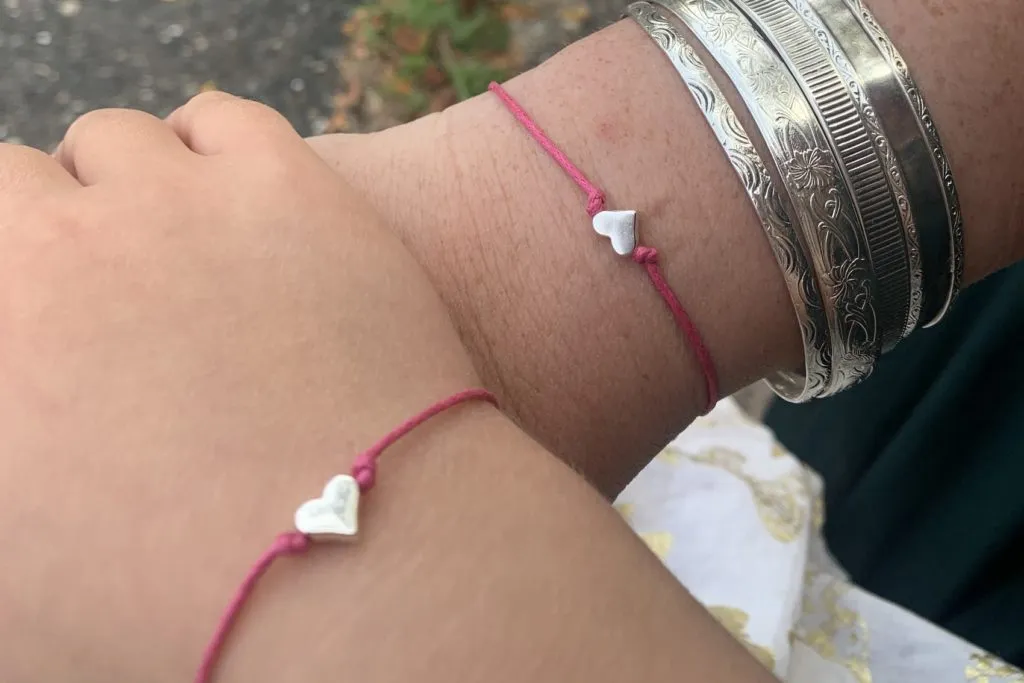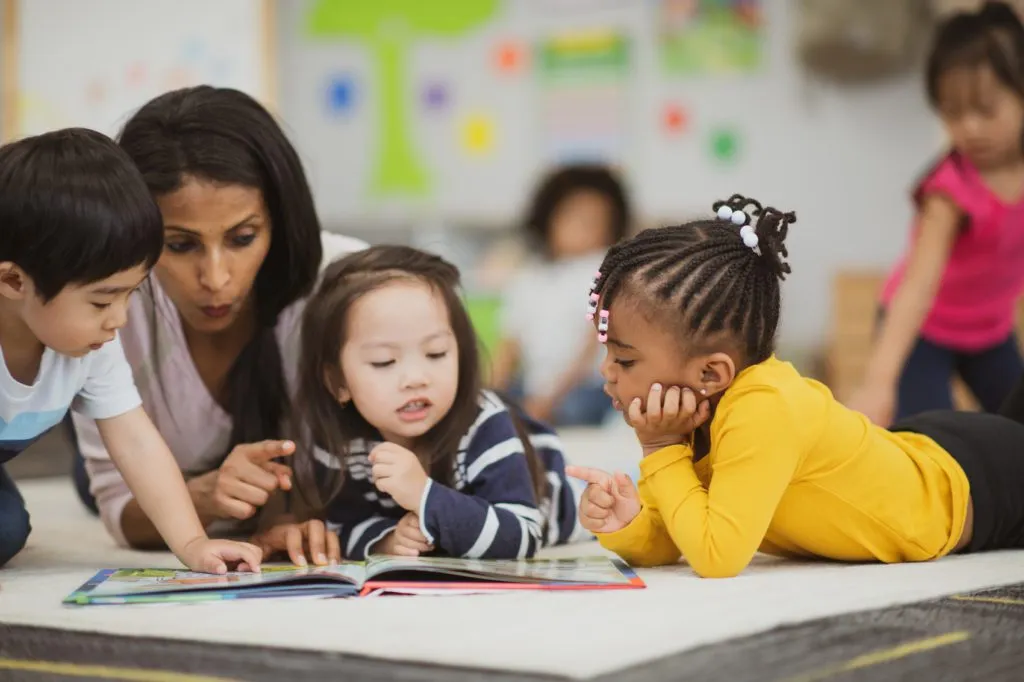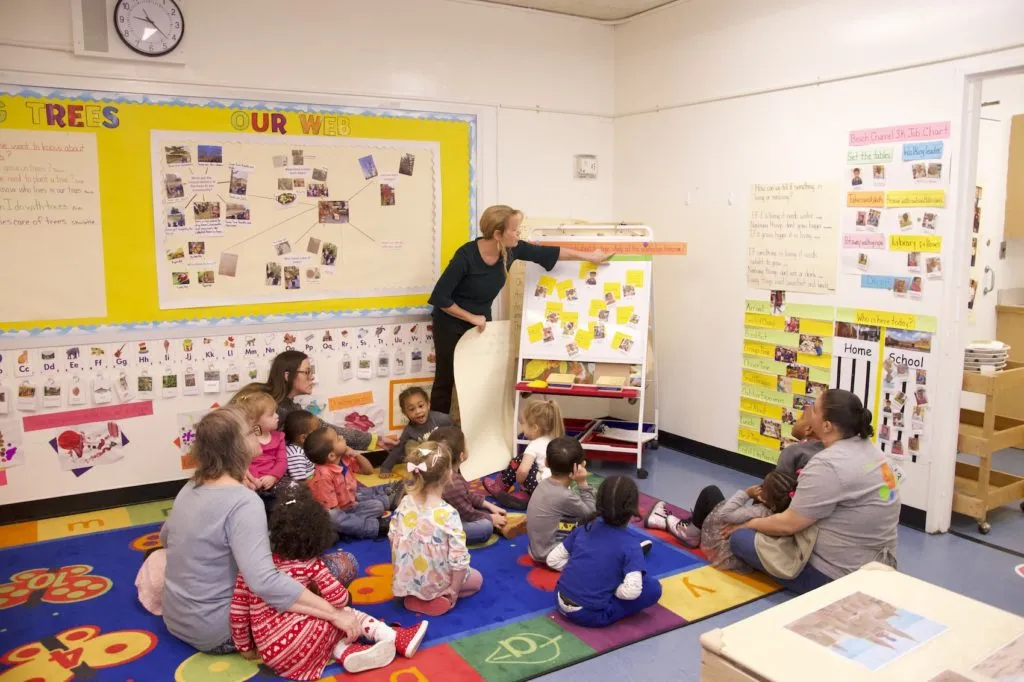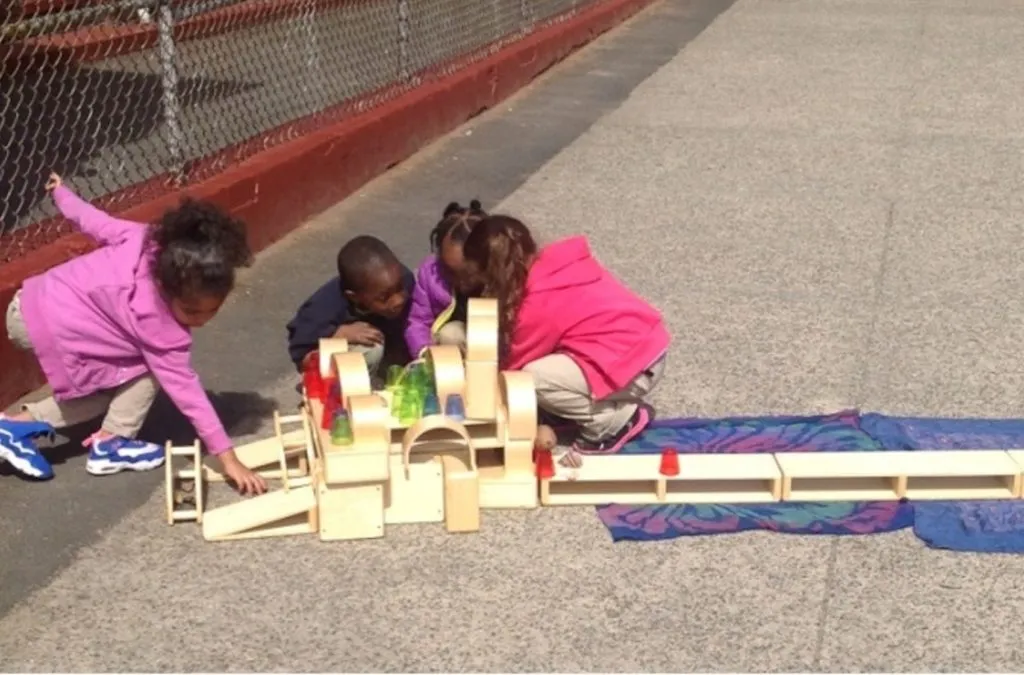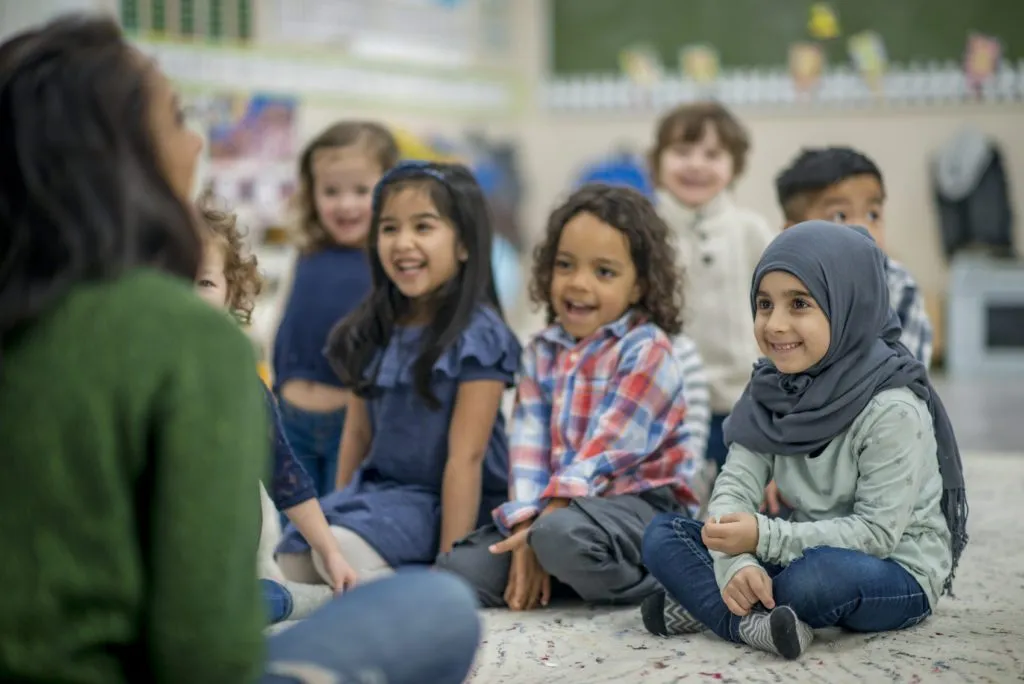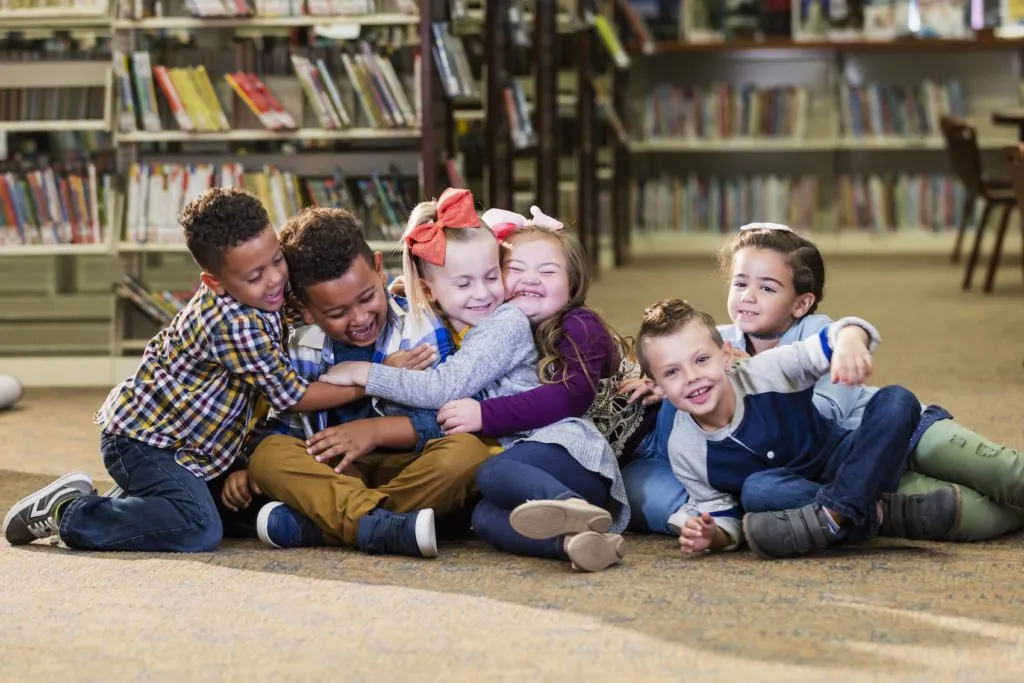Educating the Whole Child: Support for Children With Disabilities
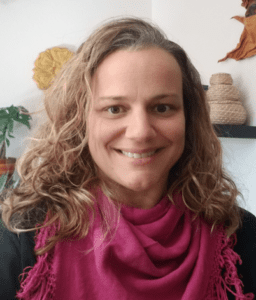
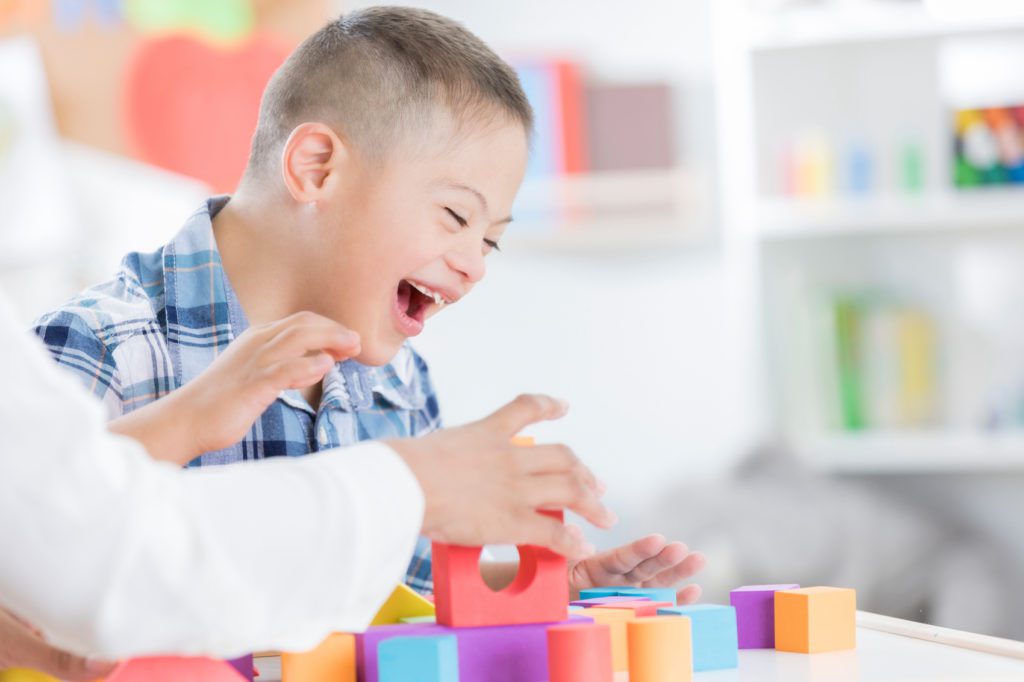
Eighteen years ago, I embarked on a journey of teaching 3- and 4-year-olds with disabilties whose first language was Spanish. I knew my job was going to be a complex but rewarding one.
What I had not expected was the struggle I experienced trying to find developmentally appropriate activities and learning opportunities in Spanish for children of varying ability levels. I was willing to translate quality curriculum resources if they were available in English, but finding even those proved difficult.
I ended up writing my own curriculum and creating my own activities based on the children’s needs and developmentally appropriate practices, as well as the provisions of their Individualized Education Plans (IEPs). I did the best I could but, in my heart, I knew that the children deserved more—something that was founded in research, was thoroughly engaging, and provided rigorous learning opportunities for all children, regardless of their first language or ability level.
I knew that the children in my class deserved the same high-quality learning experiences that all children deserve—if only I could find them. Plus, I was spending far too much precious time coming up with activities to fill my daily plans—time that I preferred to spend getting to know children and building positive relationships with them.
When I discovered the research-based The Creative Curriculum,everything turned around. The Creative Curriculum was exactly what I had been looking for to meet the needs of all learners in ways that were interesting and meaningful to them while also being developmentally appropriate.
How the Study Approach Serves Students With Disabilities
A significant benefit of The Creative Curriculum is its studies.
Studies, which facilitate a project-based learning approach, respect, honor, and leverage all children’s backgrounds, experiences, and prior knowledge. The Teaching Guides for studies are written in a format that gives educators the freedom to truly follow childrens’ interests, which is differentiation at its best. The multi-sensory nature of study investigations means that they are extremely beneficial for children who may need more tactile or visual supports in their learning.
This approach respects the developmental levels and experiences of all children in ways that they find deeply meaningful.
The Foundation of It All
In Volume 1: The Foundation of The Creative Curriculum, chapter 2 covers “How Children Develop and Learn.” The last section provides information to help teachers meet the needs of all children, including children with disabilities.
As I read through this guidance, as well as the information in the foundation volume on the objectives for development and learning, I could feel my shoulders release tension and my excitement begin to build.
This was it; this was what I’d been searching for but was afraid didn’t exist.
The research-based objectives address the knowledge, skills, and abilities most highly correlated with school success for children from birth to third grade, so I knew that I would be able to differentiate the lessons for each objective, regardless of each child’s current ability levels.
I knew I had children with disabilities who, for example, required instruction in mathematics at the first grade level, but language and social–emotional instruction at the 2- to 3-year-old level. When I read through the objectives’ progressions and the widely held expectations for children in each of the age-groups and grade levels, I nearly wept with joy. Finally, I had a tool that could help me scaffold each child’s learning in ways that were appropriately challenging yet not frustrating.
I now had everything I needed to support each of them, all in one place!
Using the Daily Resources in The Creative Curriculum
With guidance for differentiation printed directly on each of The Creative Curriculum’s Intentional Teaching Experiences, meeting children’s needs is simplified greatly.
Educators are given the guidance to individualize experiences for children who need differentiated support, while also addressing other related skills at the same time. The Intentional Teaching Experiences include options for scaffolding children’s learning, as well as additional, specific ideas for supporting dual-language learners.
The curriculum’s Book Discussion Cards make it easy to make the most of repeated read-alouds—a powerful strategy for all children and especially so for both children with disabilties and children who are dual-language learners. Embedded guidance helps teachers vary the questions and conversations around the stories and helps children build social–emotional skills while exploring the problems that the characters face.
Even Mighty Minutes include ideas for modifying each activity to accommodate a variety of skill levels. And I was sure I had found the “golden goose” when I noticed that many of these curriculum materials were also transadapted for Spanish speakers!
Showing Growth and Progress in GOLD
Instructing children at the appropriate level and documenting their progress with GOLD—the assessment tool aligned with The Creative Curriculum that relies on the same set of 38 research-based objectives—allows educators and families to see children’s growth over time, even if a child’s skills remain below the widely held expectations for their age-group or grade level.
It is a refreshing and energizing change to be able to show families all the ways their children are growing, developing, and learning, rather than holding a meeting with them just to point out how their child is not “where they’re supposed to be” yet with standard preschool report cards.
Itinerant staff (speech language pathologists, occupational and physical therapists, etc.) who work with the children in your class are also able to add documentation directly into each child’s GOLD portfolio. This level of organization simplifies the assessment process and reduces errors when progress reports, annual IEP meetings, and family conferences occur because all of the data is already in one place.
The Development and Learning report simplifies the processes of writing childrens’ Present Levels of Academic and Functional Performance statements and creating future IEP goals because it is both strengths-based and based on the progressions of development and learning.
Using The Creative Curriculum—instead of creating everything on my own from scratch—gave me back so much time I could use to teach content and develop children’s social–emotional, cognitive, and language skills in the interest areas. Its research base helped me get to know my class at a deeper level, and it allowed children to leave my class more independent than they had ever been before.
Families also noticed a difference in their children and the relationships that children and I were able to build once I had more time to have conversations and interact with both the children and their families.
I never wrote or translated another lesson. I knew I was already doing the best for the children in my class and their families with The Creative Curriculum.

An Early Childhood Educator’s Guide to a Whole-Child Approach
For everything you need to know about the whole-child approach, download our free eBook today.
